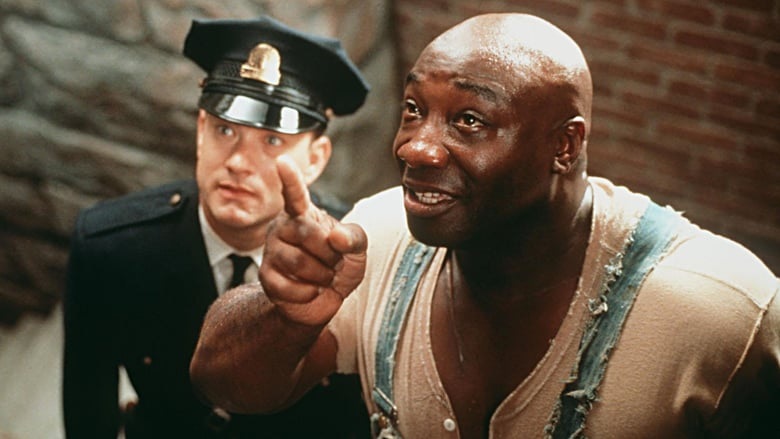
 |
| Photo © 1999 Warner Bros. Entertainment |
| Academy Award Nominations: | |
| Best Picture | |
| Best Supporting Actor: Michael Clarke Duncan | |
| Best Adapted Screenplay: Frank Darabont | |
| Best Sound: Robert J. Litt, Elliot Tyson, Michael Herbick, and Willie D. Burton | |
| Golden Globe Nominations: | |
| Best Supporting Actor: Michael Clarke Duncan | |
| Permalink | Home | 1999 | ABC | Blog |